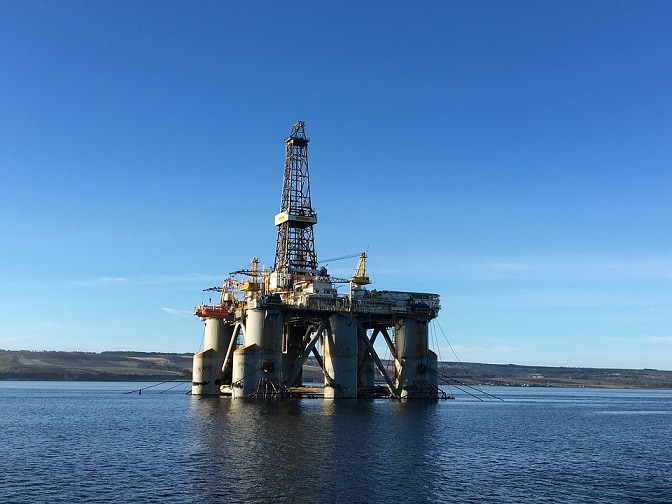The ocean has countless mineral resources in the deepest parts of the ocean that can be used for profitable purposes. However, is there a risk involved, or can deepsea harvesting work?
Mining agencies have made a promise to minimize any potential harm the deep-sea mining activity could cause the ocean, marine life, and environment. Currently, there is an argument among mining professionals that suggests if it can be grown, it must be mined. Since nearly everything we use today relies on mining in some way or form, from phones, computers, and the appliances we use in our home, one can imagine how profitable an increase in mining activity can become for the world.
Too Many Minerals. Too Much Potential Damage.
The ocean has aluminum, lithium, and nickel to offer. Plastic can also be made from petroleum products that are extracted from fossil fuels mined from the ground on the ocean floor. If you’re still not convinced about the fact that you use minerals every day, you’ll be surprised to find that even your toothpaste contains minerals found in the ocean. Talk about getting up close and personal with the minerals harvested in the sea. But what does this all mean? Can deep-sea mining from the Earth’s crust be harmful to the earth and marine life?
The U.S., Germany, France, and the Soviet Union has funded almost 200 research cruises for the investigation of mineral resources worldwide from 1976 to 1978. Investments equated to $650 million. This ocean mining initiative was set to go as deep as 6,000 meters deep in the ocean but was eventually deemed unprofitable by 1982, which led these elite countries to stop operations. Nearly 50 years later, it is now being reconsidered as the demand for minerals increases to construct energy-efficient batteries, among dozens of products. Despite the need, scientists are concerned that mining will damage the most fragile deep-sea habitats, which can have incredible consequences for the ocean environment.






